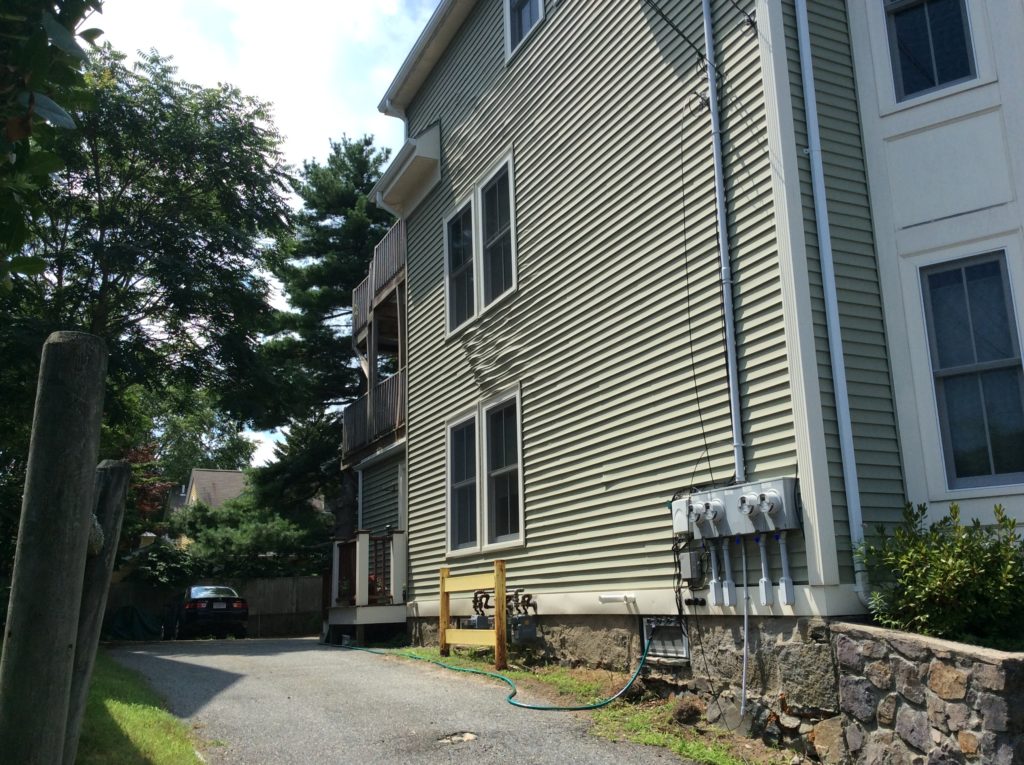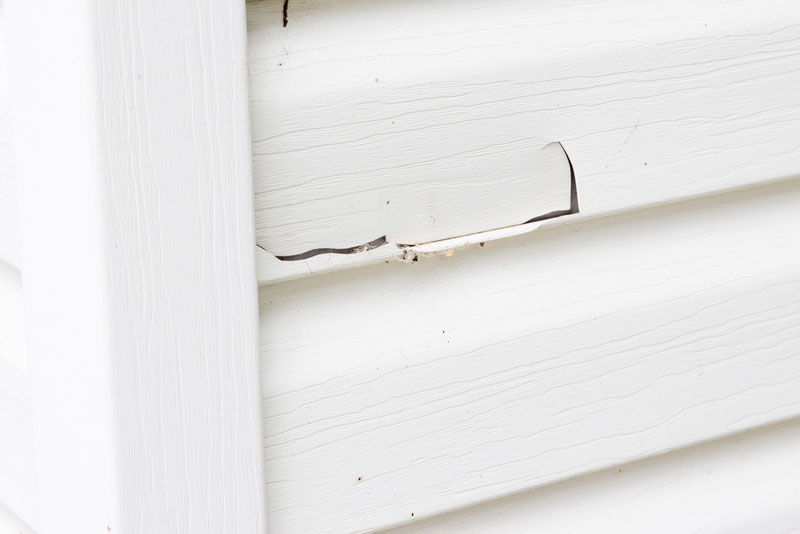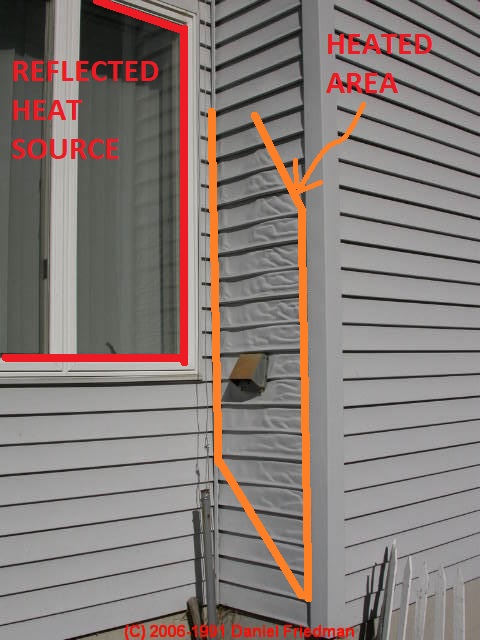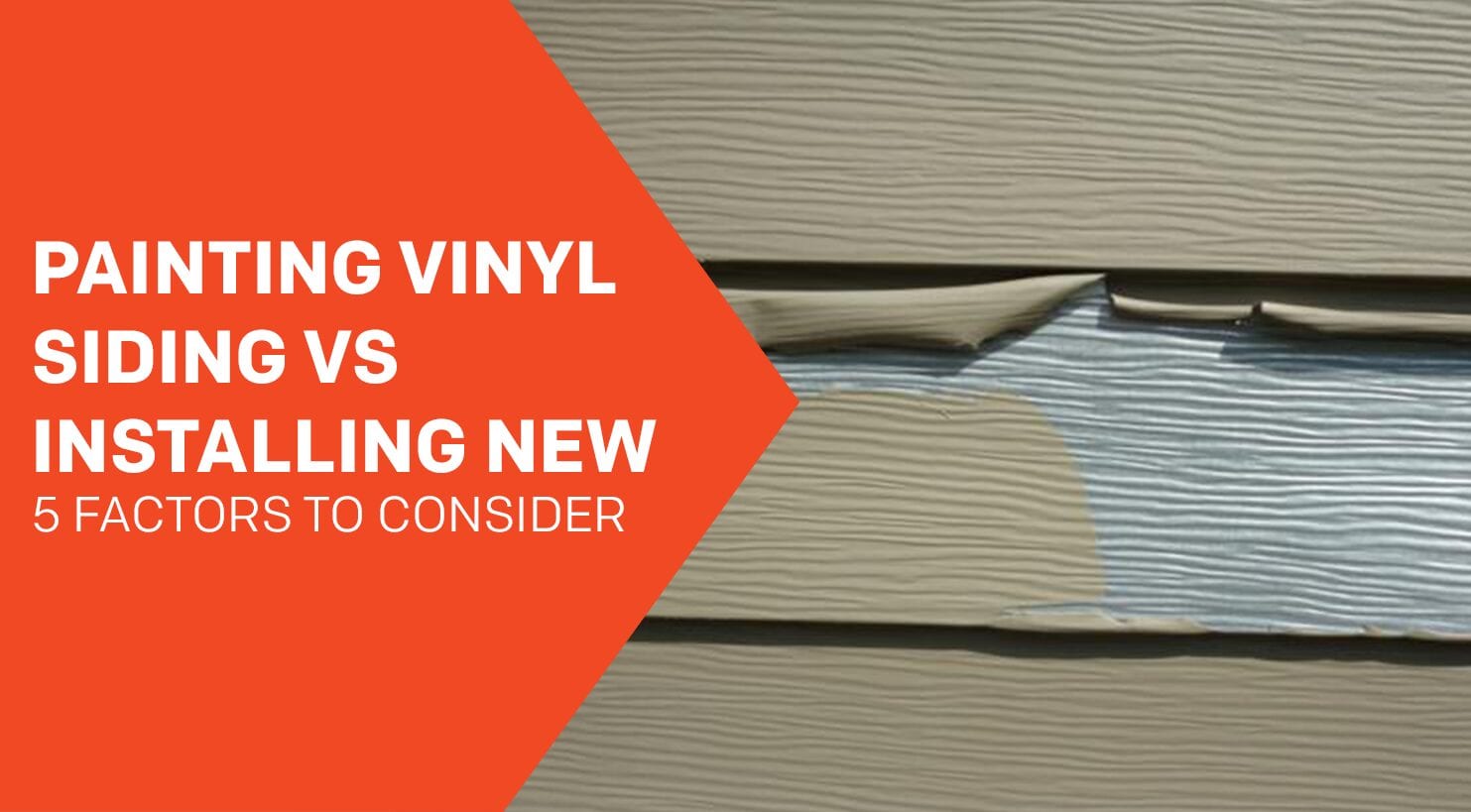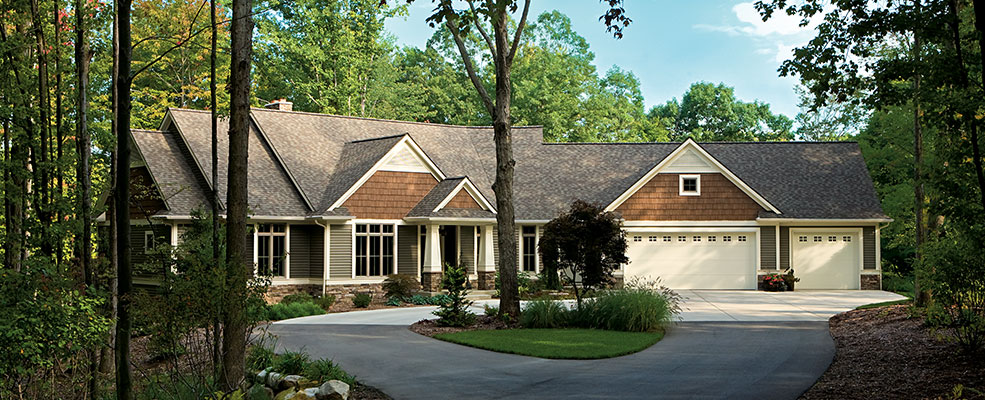Heat Damaged Vinyl Siding

Slip your hand behind the siding course immediately above the damaged siding.
Heat damaged vinyl siding. This article documents those effects conditions and apparent causes. Slide your hand along the wall to disengage the butt bottom edge of the siding. Repairing small sections of vinyl siding can be an expensive proposition if you have a repair technician come out for a house call. Save big with vinyl siding.
If you want siding for your home that looks great and is durable but requires little maintenance look no further. As we mention also at vinyl siding installation heat damaged siding shown in our photos below is not a vinyl siding product defect and needs to be distinguished from siding that has buckled from heat from the sun combined with improper nailing. While it s not common it is important to know how to prevent a home s vinyl siding from melting due to window reflection. Use a hammer to pull the nails holding the first course of damaged siding to the wall.
When cold vinyl is especially prone to impact damage such as cracking or breaking apart. Heat from intense sunlight or from reflected sun and heat from nearby windows or other surfaces can cause buckled rippled bent deformed loose or un clipped vinyl siding. Vinyl siding is the most fragile of all siding materials and can melt in intense heat or become brittle in cold weather. It can have the look of wood siding without the ongoing work and expense.
Concentrated sunlight reflecting off certain surfaces like energy efficient windows and onto vinyl siding can create enough heat to melt the siding surface. Vinyl siding is designed to withstand weather and resist moisture damage. Heat reflected sunlight as causes of vinyl siding damage. The vinyl siding institute vsi states that temperature ranges beginning at 160 165 degrees fahrenheit can soften normal grades of vinyl siding.
